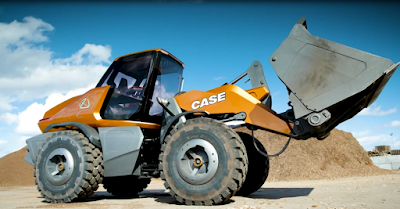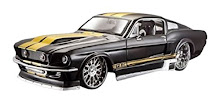CASE Construction Equipment unveils its methane-powered wheel loader concept – ProjectTETRA – and its vision for the future of sustainable construction
By definition, construction equipment shapes the world in which we live, and helps build communities of the future.
Now, consider a future in which these very machines deliver on their purpose even more sustainably, fueled by what we consider ‘waste’. What if these machines also produce 80% less emissions while improving the working environment of the operators? This was the ambitious goal the CASE Construction Equipment team set for itself. And it’s become more than a goal. The project designers and engineers have achieved it.
The project, code named ‘TETRA’, shows how professional construction operators could help spearhead the move away from fossil fuel powered vehicles towards renewable sources, by playing a fundamental role in the ‘closed loop’ virtuous cycle, which sees methane-powered wheel loaders help produce the fuel from waste products and renewable sources which ultimately powers them.
And although this is a concept, CASE, a global construction brand of CNH Industrial N.V. (NYSE: CNHI / MI:CNHI), is already working towards ultimate market viability.
This concept reimagines wheel loader design, and is a clear departure from anything seen in construction equipment to date.
This methane-powered wheel loader concept reflects the increasing importance of alternative fuels, and demonstrates their viability in construction equipment, as well as the feasibility of creating and using fuel generated from waste products and renewable sources.
Furthermore, CASE has proactively combined alternative fuels and advanced construction technology to create a modern, sustainable solution to the need for ‘future proof’ power, utilizing readily available and proven powertrain technology.
‘Practical Innovation’ is inherent in the brand’s product development philosophy, to innovate through the pragmatic use of advanced technology. As a result, this ‘concept’ is more than a mere exercise in design, and it has been tested in real world construction environments to demonstrate its feasibility.













No comments:
Write yorumComments